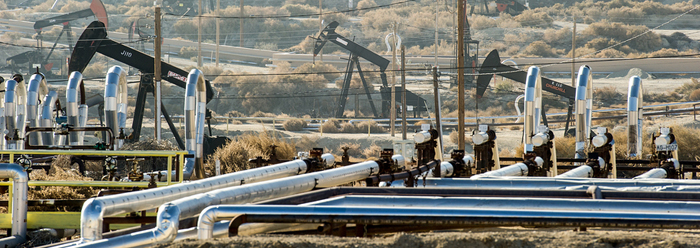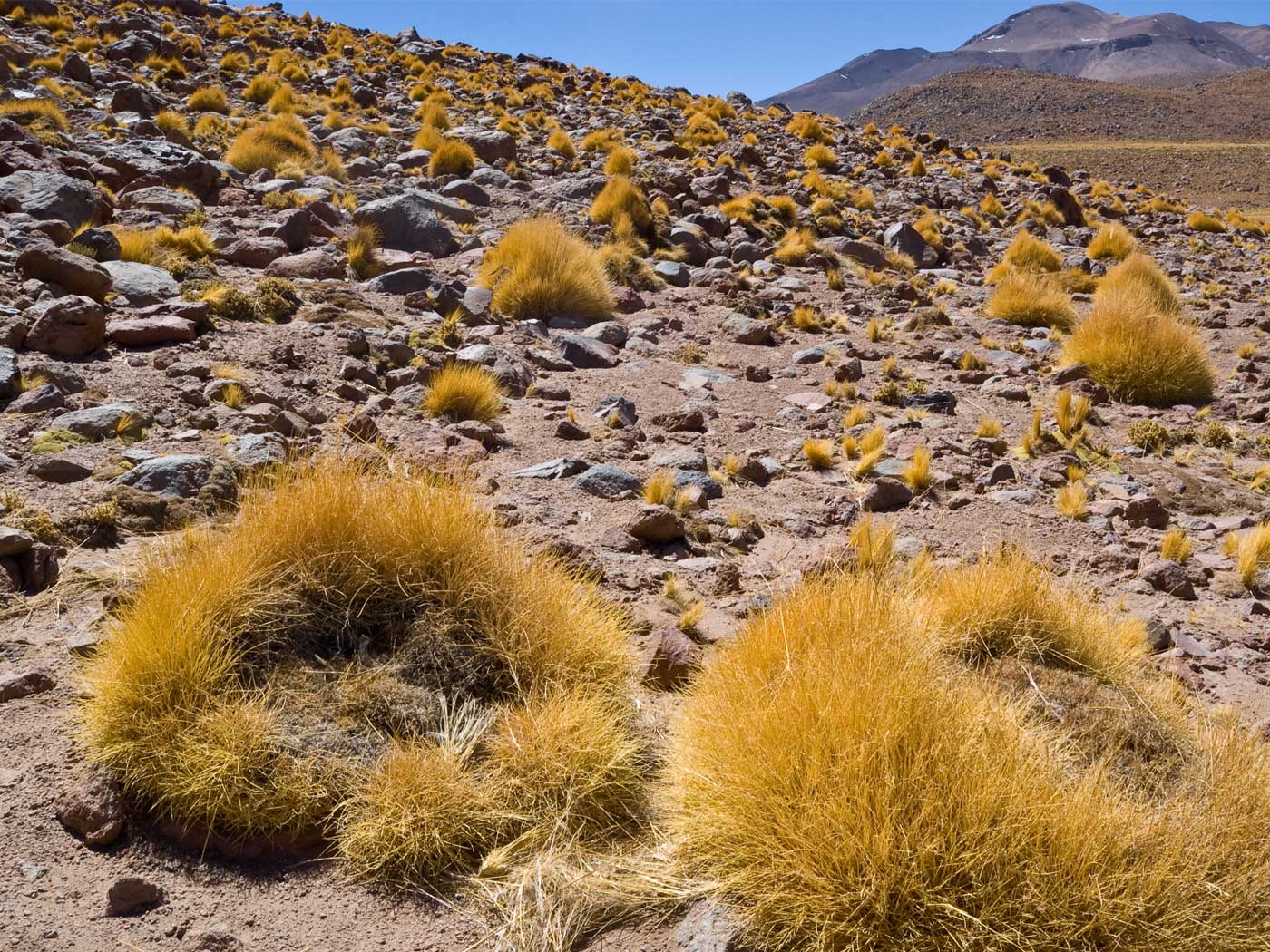Heather Saucier summarized Pettingill’s findings in the April issue of The AAPG Explorer, noting that size matters when it comes to viable energy sources.1 Pettingill calculated something he called reserve density, by comparing the energy output to the surface area involved. Reserve density is measured in barrels of oil equivalent (energy equivalent to a barrel of oil) per square meter of land. He found that the deepwater Gulf of Mexico field known as Mars has the highest reserve density of all at about 40 boe/m2.1 He also found that many other giant deepwater fields also have high reserve density values, such Israel’s offshore Tamar gas field coming in at about 15 boe/m2.
Supergiant Mars field has an estimated 2.3 billion barrels of oil trapped in a surface area of about 36 square miles. It has 14 pay zones all packed in an area smaller than George Bush Intercontinental Airport, Houston.1
Pettingill told The AAPG Explorer,
If we’re looking for efficient sources of energy with manageable environmental footprints, deepwater may be the place to look. Most notably, about half the reserves of the deepwater giant fields are natural gas, which emits far lower emissions than coal or oil. Since there is abundant supply and the economics can be favorable, many see it as the bridge fuel between now and the day that renewables and safe nuclear can provide a more substantial portion of our global energy mix.1
Pettingill also calculated something he called the power density. This is equivalent to the amount of power that can be generated in watts per square meter. And again, Mars field topped the list at 500 watts/m2. Tamar field came in second in power density at about 100 watts/m2.1 Other sources of energy, like a typical nuclear powerplant, came in at about 50 watts/m2 or far less. Renewable sources of energy, like solar farms and wind farms and even corn ethanol, all came in under 10 watts/m2.1
While at Noble Energy, Pettingill helped in the discovery of Israel’s massive offshore Tamar gas field, stating,
The day we turned on the Tamar gas field, Israel was able to replace coal with natural gas as the primary feedstock to their powerplants. Prior to that day, they never had a substantial reliable natural gas source, and now they are exporting gas.1
Doing the math, Pettingill determined that using corn ethanol instead of the gas from Tamar field would require planting corn fields that were 11 times bigger the entire nation of Israel.1 And to replace Mars field with corn ethanol would require over half of the state of Texas to be covered with corn fields.1
Pettingill summarized his findings,
Oil and gas are still good. What we do matters. We are delivering something that cannot be replaced in an economically competitive way. But the message here is that deepwater production is economically friendly and environmentally sound.1
The oil and gas deposits we find today are from marine algae, buried rapidly in mud and clay during the global Flood.2 Oil and gas can form quickly under the right conditions.3 And oil cannot be millions of years old because it is composed of organic compounds, like dinosaur soft tissue, that cannot last for millions of years.
God provided oil and natural gas energy resources for our generation while destroying the ancient world in judgement for their wickedness. He had a plan. He anticipated our needs today even before we knew we would need them. That’s Divine Providence.2
References
1. Saucier, H. 2020. Power density shows deepwater fields as most environmentally friendly energy source. The AAPG Explorer. 41(4): 20-21.
2. Clarey, T. 2020. Carved in Stone. Dallas, TX: Institute for Creation Research, 418-445.
3. Thomas, B. One-Hour Oil Production? Creation Science Update. Posted on ICR.org January 13, 2014, accessed April 23, 2020.
*Dr. Clarey is Research Associate at the Institute for Creation Research and earned his doctorate in geology from Western Michigan University.
































